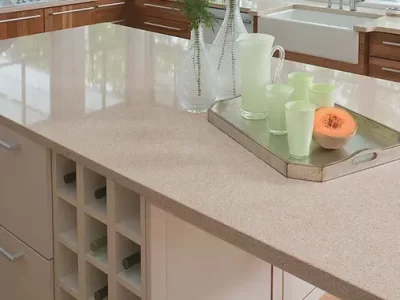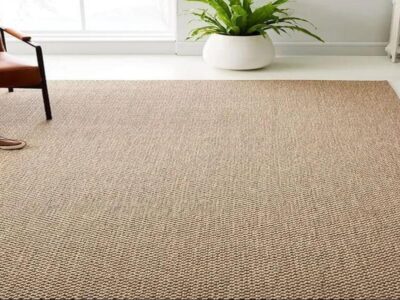Thinking of renovating your home? Do you suspect possible humidity in walls and water/air leakage? What about the traditional method of drilling through walls to pinpoint the exact cause of problems? In fact, traditional methods of building health check-ups can lead to more work because it involves scraping whole sections of the house after the problem has been detected.
This is where experienced companies using modern technology like Inspection MCM thermographie come into play. Using new technology, it is possible to estimate the problems of your apartment building without any major destruction to the envelope or interiors of the building.
What is Thermography?
Thermography is the process of observing and analyzing the various bands of heatwaves arising from a body and comparing it with the nearby ones, to create a thermal map of the area or body. It is a very effective method that can create maps of whole blocks of streets band buildings or even small objects and living things. The most popular type of thermal mapping is infrared thermography.
How does infrared thermography work?
In infrared thermography, the different infrared heat waves arising from a building or object are detected using a thermal mapping machine. This machine then compares the various frequencies of heatwaves and records them on the screen. Due to the variation in infrared heat energy emitted by different bodies, the heat recorder can easily assign various colors ranging from black to white to different frequencies of waves. This leads to the formation of a thermal map of the area on the thermal radar.
How is thermography useful for building inspections?
Infrared thermal mapping is widely used by well-known companies like Inspection McM Inc. to find out the causes of various problems in your building like:
- Air infiltration
- Water infiltration
- Heat pipe leakage
- Electrical system overheating
- Rodent nests
- High humid areas in the wall
- Mold attack.
- Cracks or crevices in the building envelope.
One advantage of infrared thermography for detecting the above problems is that it can pinpoint the cause of these issues without any damages to the building.
Another advantage of thermal mapping is the reduced cost of maintenance due to the partial rework that can be identified in the renovation process.
After the cause of the issue has been identified, professionals related to the problem can be employed for the repair of the damaged parts of the building.
To conclude, it is always advisable to use modern techniques like infrared thermal mapping to inspect your building, which can give results faster and with more precision.













